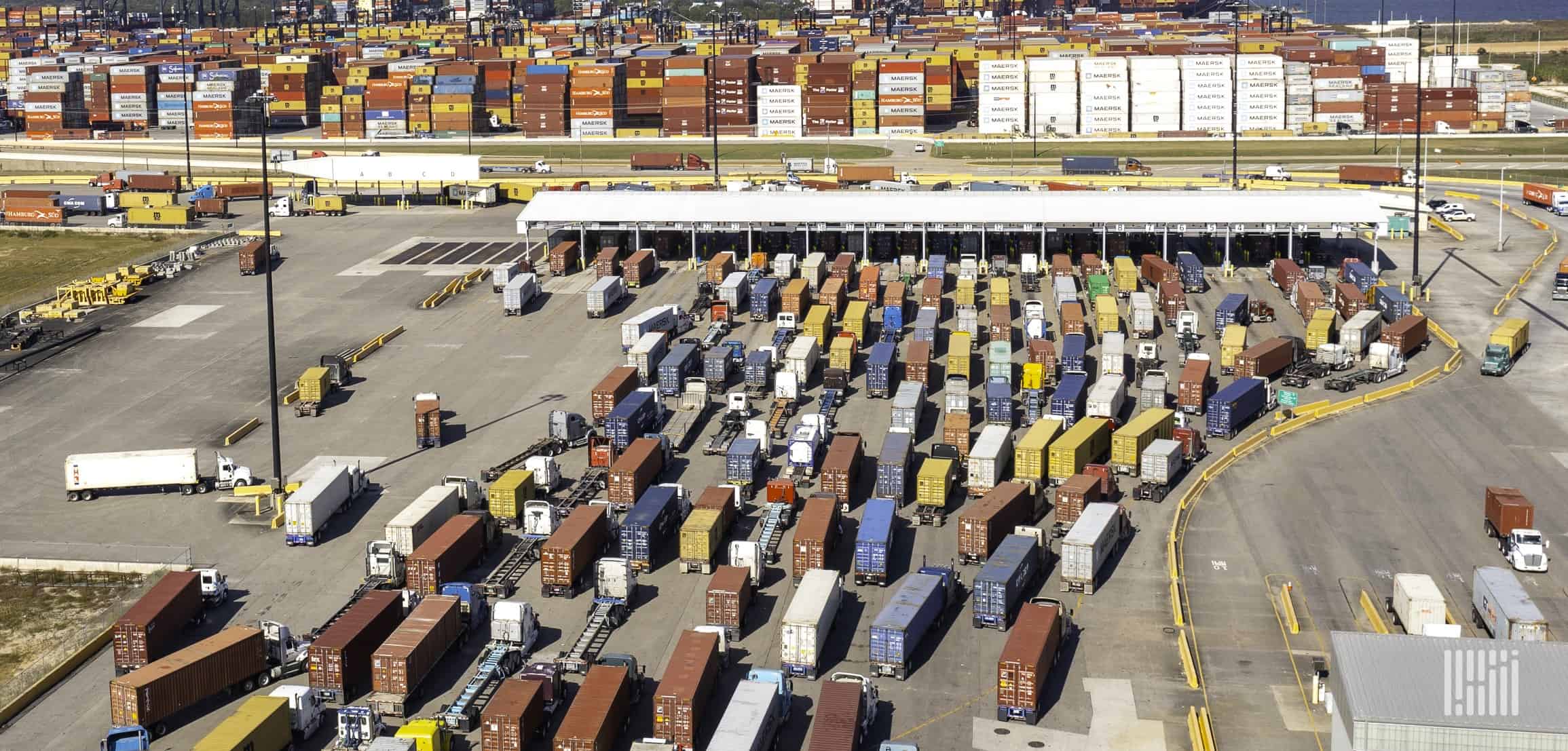Utilizing and leveraging the end-to-end supply chain can have major benefits for your business. Some of these benefits include reducing labor and material costs. But, what else does end-to-end supply chain entail? Let’s dive into the many facets of end-to-end supply chains.
What Is an End-To-End Supply Chain (E2E)?
End-to-end supply chains, commonly referred to as E2E, are a type of supply chain management focused specifically on the end-to-end supply chain process within an organization. This involves every step, beginning at the start of the supply chain to the very end.
This is when the materials for the products are sourced, until the final step of the supply chain, where the customer receives this product. Within every step of the supply chain, data is collected to optimize the entirety of this procedure.
What Formula Does E2E Supply Chain Follow?
E2E supply chain looks at this process in its entirety. Due to this, most E2E supply chains focus on a clear-cut formula that is intended to not only organize the data but make the data more efficient for business owners. From there, they can apply what they learn to their daily operations.
Procurement & Inventory Management
This includes the sourcing of raw materials from vendors or suppliers in addition to the resources or services needed to manage inventory.
Finances
This includes the act of recording the financial expenses associated with every step taken throughout the supply chain.
Logistics & Planning
This includes service forecasting, stocking strategy, focusing on the reverse logistics of product returns, and so much more.
Quality
This pertains to the recording of the quality of the materials that are sourced for the product as well as the services required for it.
Sales & Customer Service
This refers to the projection of sales forecasts and the tracking of customer satisfaction levels as a result of the business’ customer service teams.
Is E2E Supply Chain Management Upstream or Downstream?
The majority of businesses are solely focused on downstream visibility because of the fact that it heavily emphasizes customer needs and satisfaction levels. While customers are supposed to be a priority in any business, downstream visibility does not involve the entire picture, subsequently narrowing the company’s overall focus.
Downstream is seen as how the product is traveling down the supply chain process to its customer. Whereas upstream visibility focuses on which materials and process steps are needed to create the products in the first place. Since upstream visibility looks at more integrated facets of the supply chain than merely getting the products to the customers, it is still a crucial part of E2E supply chain management.
What Are the Benefits of E2E Supply Chain?
There are several benefits in E2E supply chain management that can help improve a wide variety of daily business operations. Here are some of the many benefits this type of supply chain management brings to the table:
- Better risk mitigation by detecting key points of issues in the supply chain
- Enhances relationships between the suppliers and customers
- Increases cost control through the management of inventory
- Prevents more order errors and increases customer retention
How To Optimize E2E Supply Chain Management
Once you implement a E2E supply chain management system in your business, you may be wondering how you can fully reap the benefits from this new data. Here are some ways you can truly optimize your new supply chain management.
Leveraging Your ERP System
Enterprise Resource Planning (ERP) is an important part of supply chain management since it provides time-sensitive information on what is happening across business operations. Not only does it synthesize this information into palatable data points, but it also creates a more efficient process on managing supply chain demand and procurement.
Furthermore, it does this by automating demand forecasting while being a key point of collaboration between the business and its vendors to fulfill this projected demand. By leveraging this system, one will be able to have a more effective forecasting, planning and collaborating process throughout the supply chain.
Learn the Metrics
There are a wide variety of metrics that are incorporated all throughout the E2E supply chain management process that can be used to improve your business. For example, by using a root cause analysis, you can work to identify key issues taking place throughout the current process in addition to looking at the solutions suggested by this metric.
Moreover, there are other metrics that can show where you can reduce waste and unnecessary actions in the supply chain. Learning each of these metrics, and which ones would be most beneficial for your business is a great way to optimize your E2E supply chain management.
Implement E2E Benchmarking
Within E2E supply chain management, you can implement personal benchmarks for your business. This is a great way to check if your business is meeting or exceeding the expected performance levels.
Moreover, this tool can help you measure the effectiveness of the current supply chain and what you could improve in order to make these benchmarks possible.
What Are Some of the Trade-Offs of End-To-End Supply Chain Management?
Like anything good, there are trade-offs one will have to make when it comes to utilizing this supply chain management system. Implementing E2E supply chain management can be costly and time-consuming since one must understand how each step impacts another.
Although these are upfront expenses, utilizing end-to-end supply chain management can be a great tool to leverage to understand what step is preventing your business from being efficient.
Comparing E2E to the Traditional Supply Chain Management
Despite both focusing on supply chain procedures, both of these management types take a different approach to reporting and synthesizing a business’ operational data. For example, traditional supply chain management focuses on each individual step that is taken up until the point at which the customer receives his or her products.
On the other hand, E2E takes a more holistic approach when documenting and reporting on the supply chain procedure. E2E integrates all of the supply chain’s functions and highlights the business’ operational weak points along the way.
Why E2E Supply Chain Management Might Be Right For You
End-to-end supply chain management provides an in-depth view of your business’ supply chain system. Not only does it enhance your customer retention levels it also is a great way to plan for projected demands.
Learning how to leverage and use this type of supply chain management system can dramatically improve your business and sales performance. Implement end-to-end supply chain management into your business today!



